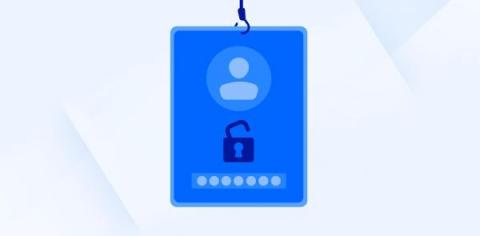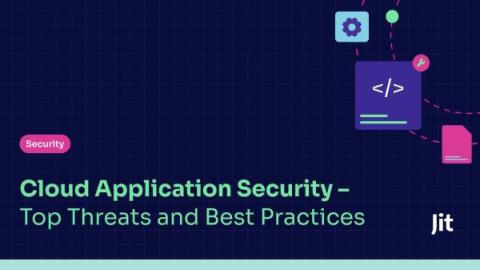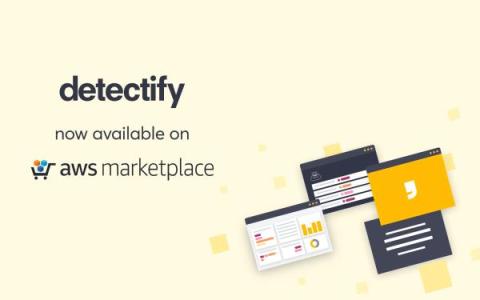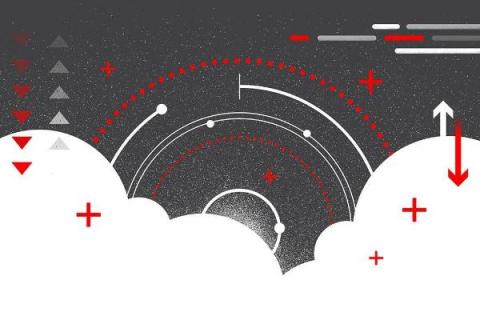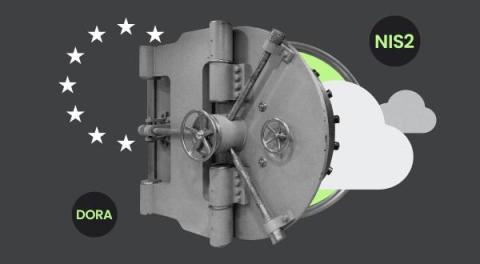Identity Theft: What It Is, How To Prevent It, and Why It's Terrible
Identity theft is one of the things you never expect to happen to you until it does. The scariest part is not the theft itself but what follows after. Victims of identity theft don't often discover their financial, reputational, and bureaucratic lives are destroyed until long after the crime was committed. This delay makes it extremely difficult for authorities to investigate identity theft cases.


